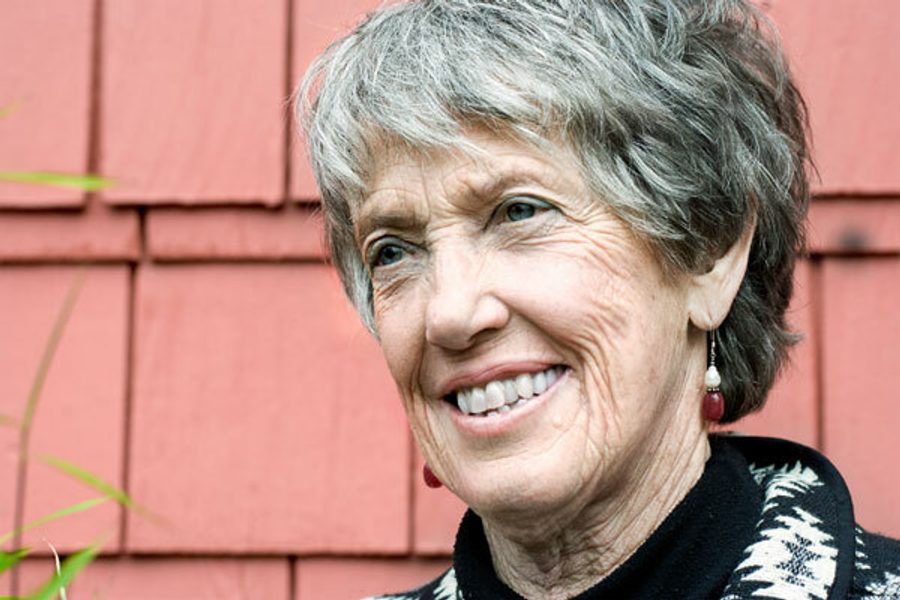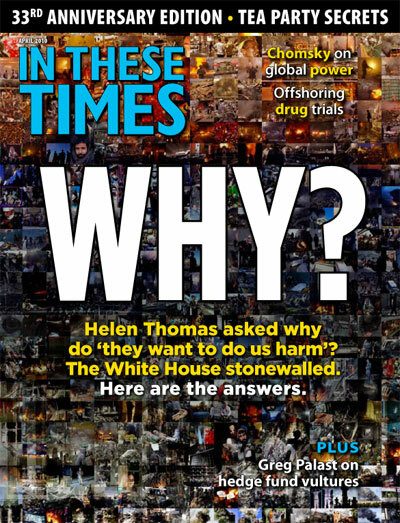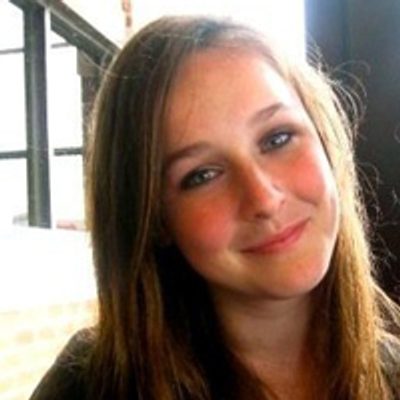
Joanna Macy has dedicated her life to peace, sustainability and coexistence with our environment. Though she lives in Berkeley, Calif., her work has taken her to Asia, Europe and Australia, allowing thousands of people to experience with her the possibility of turning despair into social activism.
A scholar of systems theory and a long-time Buddhist practitioner, in the 1970s Macy began developing “The Work That Reconnects,” experiential workshops that help people contribute to the development of a life-sustaining society. Macy offers Work That Reconnects workshops around the world and has written several books, her most recent being Coming Back to Life: Practices to Reconnect our Lives, Our World.
The Work That Reconnects leads people through what Joanna calls “The Spiral” – a process that begins with “gratitude,” moves to “grief for the world,” then to “seeing with new eyes,” and finally to “going forth.” Macy calls this “The Great Turning” – a necessary, revolutionary transformation from the present-day industrial growth society to a future life-sustaining society.
You write, “This is an incredible time to be alive, a great privilege.” What do you mean?
This is a time when such big changes are happening – they’re so big that most people aren’t aware of them. People who lived during the Agricultural and Industrial Revolutions were probably not aware that historic forces were underway that would change people for centuries to come. In our case these changes are happening because the mainstream society is not listening, and the current political economy is not working in more and more ways. We’re consuming, we’re making money out of extracting goods from the earth that cannot be renewed. We’re driven by the economy to make money by engaging in processes that create huge amounts of waste – whether it goes into the seas, the atmosphere or the soil – that will contaminate the living biosystems for centuries to come. For life to continue, we must invent a whole new way of supporting human life on earth. That change is coming. It’s not visible to many people because it is not being reported by mainstream media – written press or electronic. But it’s happening and that’s what I see as the third revolution.
What’s happening is breaking through at the grassroots level – in peoples’ minds and behaviors. This is the big adventure, the third revolution that some of us call The Great Turning: the transition from the industrial growth society to a life-sustaining society. To be alive at this time, with all this uncertainty, even when we’re not sure we can make it, is our immense good fortune.
You have said that the spiral of your work begins with “gratitude,” goes to “grief for the world,” then to “seeing with new eyes,” then “going forth.” How exactly does this work?
We start with gratitude because that helps us be fully present, and shows us that we have a right to be here in this miraculous world. This evolving life on earth is a wonder, and gratitude helps open our senses – our hearts and minds –to this miracle, to this beauty. It brings us into presence, and I have come to realize that the most precious gift that we can give our world is to be fully present to it. Gratitude is a revolutionary act because it counters the thrust of the industrial growth society, or the consumer society, which breeds dissatisfaction. You have to make people dissatisfied with what they have and who they are in order that they keep buying.
Gratitude is an age-old practice, very strong in North American culture. When we’re fully present, then we have the grounding and confidence to look at what is inside of us as well. There is, in every person that I have met, regardless of their party politics or background, grief for what is happening to other beings. And there is fear about what is happening to our country and to our future. This pain for the world is present in everyone, but most people are afraid of it and cover it over, repress it.
When people discover that they don’t need to be afraid of the pain they feel for their world, there is great liberation of their energy. People find that these feelings of anguish for the wider planet are living proof of their interconnectedness, their radical interdependence with all life. This brings a new way of seeing and experiencing life.
The third stage of the cycle is to see with new eyes – that is, this new paradigm thinking that you hear of now and again, coming from science as well as from ancient teachings. It is this new way of seeing that will enable us to create the life-sustaining society we are committed to in “The Great Turning.”
The fourth stage is where we gather what we’ve learned in the first three stages and look at our own niche in life – where we happen to be living, what we happen to be doing, what our real relations are. This allows us to see how we can collaborate in building a sustainable, peaceful, and ecologically sane world.
What is your goal with The Work That Reconnects?
To open people up to the power of life that can flow through them, to release the energy that we need from each person for creating a life-sustaining society. The main thrust is the assumption that we are lucky to be living now, that we don’t need to be afraid of our pain for the world, that we can turn it inside out and see that it comes from our inter-being with all life forms, that we can speak for other life forms. We are in league with life. I see that The Work That Reconnects brings out peoples’ laughter, strength, collaboration; it brings them from loneliness into community.
How did you become involved in this in the first place?
I’ve been a social activist all my life. I was involved in the civil rights movement of the fifties and sixties. I was involved with the Peace Corps in village development work. I’m very interested in the global south. I have been active in the movement to stop nuclear weapons and waste. After 30 years of this, I saw that things were going so out of control because there was a widespread avoidance of facing the dangers. The repression of painful information is particularly widespread in the United States. We don’t want to look at the inequalities that our lifestyle has generated. We don’t want to look at the ways that we’re endangering the future of life on earth. This is a phenomenon that some people call “psychic numbing” and others call denial.
You work a lot with youth these days.
What’s striking to me about this millennial generation is that they see how bad things are. For the last several months, most of my work has been with youth. I am moved and inspired when I see the readiness of young people to awaken to the role they can play in service to life continuing on this planet. I am nearing the end of my life and now pulling up beside me are people from their late teens to early thirties – the millennial generation.
They have less denial than their parents. Often middle-aged people get so caught up in having to “play the game” and get ahead to support their families that it’s hard for them to see how the very basis of our culture is hostile to life itself.
People aren’t thrilled to have you tell them how terrible things are. At first I thought there was this big public apathy, but I learned that it was not that people were indifferent and it’s not that they didn’t care and it’s not that they didn’t know – they did know and they did care but it seemed too painful and too enormous to do anything about.
That’s when my work changed and I began working with peoples’ responses to information about the conditions of our world. It started out with what I called despair work, where people could speak their pain for the world so that they would not have to be afraid of it.
How can people begin to move from denial through despair, and on toward participation in The Great Turning?
Right off the bat, don’t try and do it alone. Know that if you have sorrow or grief or despair, don’t be afraid of it – it’s normal, it’s natural and it’s not evidence that anything is wrong with you. That’s what our culture would have us say – that if you feel huge grief about what’s happening, or fear or outrage, that this is your personal problem. Actually, your sorrow means you are able to suffer with your world. “Suffering with” is the literal meaning of compassion. Your grief shows that you’re a compassionate being. These are realizations that you make on your own but also allow you to engage with other people in The Work That Reconnects.






